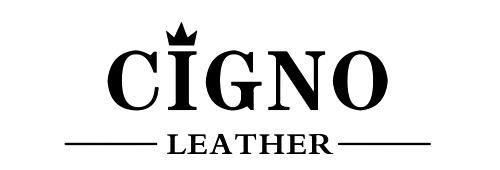কিভাবে PU চামড়া থেকে PVC চামড়া আলাদা করা যায়?
2024
Generally, people refer to সিন্থেটিক চামড়া other than genuine leather, such as পিভিসি চামড়া এবং Pu চামড়াThe কৃত্রিম চামড়া or চামড়ার অনুকরণ. PVC is called Polyvinylchlorid in Chinese,so PVC leather is also call viynl চামড়া too. Its main component is polyvinyl chloride. PU is the abbreviation of Polyurethane, and its Chinese name is polyurethane, which is abbreviated as PU. They are both plastics, but the manufacturing processes of these two products are different.
During the manufacturing process of PVC synthetic leather, the plastic particles must be melted and stirred into a paste, and then evenly coated on the T/C knitted fabric base according to the specified thickness, and then put into the foaming furnace for foaming, so that it has the softness that can adapt to the production of various products and different requirements. At the same time as it comes out of the oven, it is surface treated (dyeing, embossing, polishing, matting, grinding and raising, etc., mainly in accordance with specific product requirements).
The manufacturing process of PU leather is more complicated than that of PVC synthetic leather. Since the base fabric of PU is a canvas PU material with good tensile strength, in addition to being coated on the top of the base fabric, the base fabric can also be included in the middle, so that the existence of the base fabric cannot be seen from the outside. The physical properties of PU leather are better than those of PVC synthetic leather. It is resistant to bending, soft, has high tensile strength, and is breathable (PVC does not have it). The pattern of PVC synthetic leather is formed by hot pressing with a steel pattern roller; the pattern of PU leather is first hot-pressed on the surface of the semi-finished leather with a pattern paper, and then the paper leather is separated and surface treated after cooling down. The price of PU leather is more than twice that of PVC synthetic leather, and the price of some PU leather with special requirements is 2-3 times higher than that of PVC synthetic leather. Generally, the pattern paper required for PU leather can only be used 4-5 times before it is scrapped; the service life of the pattern roller is long, so the cost of PU leather is higher than that of PVC synthetic leather.
The scope of application of these two materials is also different. In terms of footwear, PVC synthetic leather is mostly used in lining or non-weight-bearing parts, or in the manufacture of children's shoes; PU leather can be used for the fabric or weight-bearing parts of footwear. In terms of bags, PVC synthetic leather is more suitable. This is because the items in the bag are different from the feet in the shoes, and they will not emit heat; they do not need to bear the weight of the individual.
It is relatively easy to distinguish between PU and PVC. From the corners, the base fabric of PU is much thicker than that of PVC. There is also a difference in the feel. PU feels softer; PVC feels harder; it can also be burned with fire. The smell of PU is much lighter than that of PVC.

 EN
EN
 AR
AR
 CS
CS
 NL
NL
 FR
FR
 DE
DE
 EL
EL
 HI
HI
 IT
IT
 JA
JA
 KO
KO
 কোন
কোন
 PL
PL
 PT
PT
 RU
RU
 ES
ES
 SV
SV
 TL
TL
 IW
IW
 ID
ID
 SR
SR
 UK
UK
 VI
VI
 MT
MT
 TH
TH
 FA
FA
 AF
AF
 MS
MS
 GA
GA
 HY
HY
 AZ
AZ
 BN
BN
 LA
LA
 MN
MN
 KK
KK
 UZ
UZ
 KU
KU

